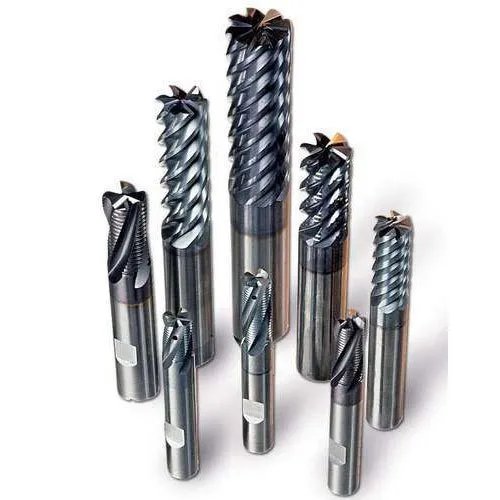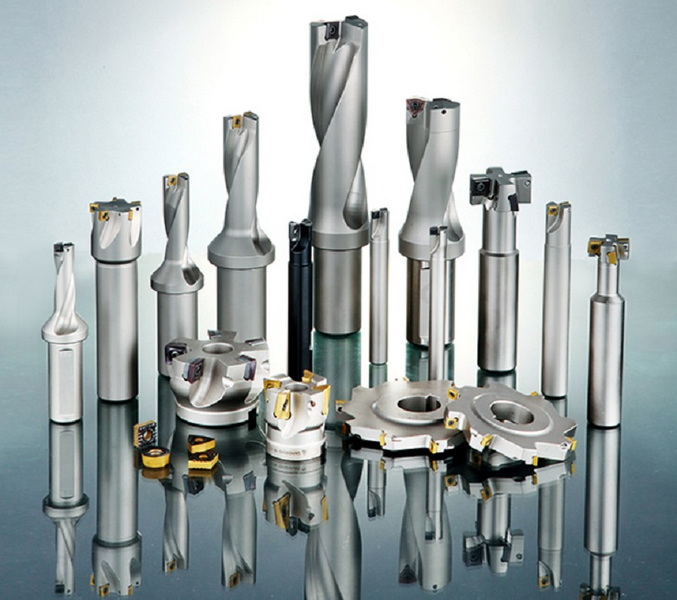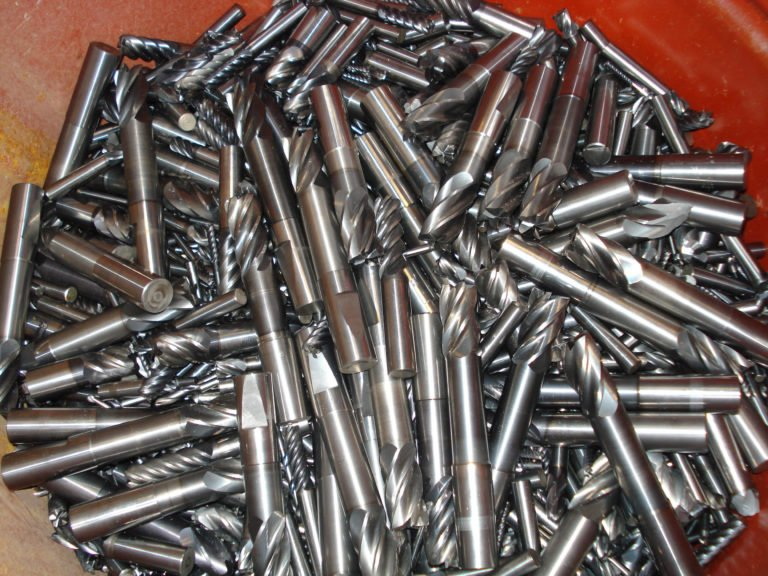Content Menu
● Understanding Tungsten Carbide
● The Microstructure of Tungsten Carbide
>> The Brittleness Factor
● Applications of Tungsten Carbide
● Advantages and Disadvantages
● Factors Affecting Brittleness
● Enhancing Toughness
● Real-world Examples
● Conclusion
● FAQs
>> 1. What makes tungsten carbide so hard?
>> 2. Is tungsten carbide brittle?
>> 3. How does cobalt affect tungsten carbide?
>> 4. What are common applications for tungsten carbide?
>> 5. Can tungsten carbide withstand high temperatures?
● Citations:
Tungsten carbide is a remarkable material known for its exceptional hardness and wear resistance, making it a preferred choice in various industrial applications. However, its brittleness is a critical aspect that influences its performance in different environments. This article explores the properties of tungsten carbide, its applications, and the factors contributing to its brittleness.

Understanding Tungsten Carbide
Tungsten carbide (WC) is a chemical compound composed of equal parts tungsten and carbon atoms. It is primarily produced through powder metallurgy, where tungsten and carbon powders are mixed and then subjected to high temperatures and pressure to form a solid material. Tungsten carbide exhibits remarkable physical properties, including:
- Hardness: Ranks between 9.0 and 9.5 on the Mohs scale.
- High Melting Point: Approximately 2,870 °C (5,200 °F).
- Density: About double that of steel.
- Young's Modulus: Ranges from 530 to 700 GPa.
The Microstructure of Tungsten Carbide
The microstructure of tungsten carbide plays a significant role in determining its mechanical properties. The material typically consists of a hard tungsten carbide phase embedded in a softer cobalt matrix. This combination allows for a balance between hardness and toughness. The grain size of tungsten carbide can vary depending on the manufacturing process, which in turn affects its brittleness.
- Fine Grains: Fine-grained tungsten carbide exhibits higher hardness but increased brittleness due to reduced ductility.
- Coarse Grains: Coarser grains provide better toughness but lower hardness.
The Brittleness Factor
Despite its hardness, tungsten carbide is known to be relatively brittle compared to other materials. This brittleness arises from several factors:
1. Microstructure: The fine grain structure of tungsten carbide contributes to its hardness but also makes it susceptible to cracking under tensile stress.
2. Cobalt Content: Tungsten carbide is often mixed with cobalt to enhance toughness. Lower cobalt content can increase hardness but decrease ductility, leading to brittleness.
3. Manufacturing Process: The method of production, including sintering conditions, influences the final properties of tungsten carbide. Improper sintering can lead to internal stresses that compromise toughness.
Applications of Tungsten Carbide
Tungsten carbide's unique properties make it suitable for various applications across multiple industries:
- Cutting Tools: Used extensively in manufacturing due to its hardness and wear resistance. Cutting tools made from tungsten carbide can maintain sharp edges longer than those made from other materials.
- Aerospace: Coatings protect critical components from wear and erosion in high-stress environments. For example, turbine blades often utilize tungsten carbide coatings to withstand extreme conditions.
- Oil and Gas: Protects drilling equipment in abrasive environments. Tungsten carbide bits are commonly used in drilling operations due to their ability to withstand high pressures and temperatures.
- Jewelry: Its hardness makes it ideal for wedding bands and other durable jewelry pieces. Tungsten carbide rings are popular for their scratch resistance and lasting shine.

Advantages and Disadvantages
| Advantages | Disadvantages |
| Exceptional hardness | Brittle under tensile stress |
| High wear resistance | Susceptible to chipping |
| Corrosion resistant | Performance affected by temperature |
| Retains sharp edges | Requires careful handling |
Factors Affecting Brittleness
1. Temperature: High temperatures can lead to oxidation or phase changes in tungsten carbide, affecting its structural integrity. For instance, prolonged exposure to temperatures above 600 °C can result in the formation of tungsten oxide, which weakens the material.
2. Impact Loading: Under sudden impact or shock loading, tungsten carbide can fracture due to its brittle nature. This is particularly relevant in applications where tools or components may experience unexpected forces.
3. Environmental Conditions: Exposure to certain chemicals or extreme conditions can exacerbate brittleness. For example, acidic environments may lead to corrosion that compromises the material's integrity.
Enhancing Toughness
To mitigate the brittleness of tungsten carbide, several strategies can be employed during manufacturing:
- Cobalt Addition: Increasing the cobalt content can improve toughness at the expense of some hardness. This trade-off is often necessary for applications requiring greater impact resistance.
- Sintering Techniques: Advanced sintering techniques such as hot isostatic pressing (HIP) can help reduce internal stresses and improve overall toughness by allowing for more uniform grain distribution.
- Composite Materials: Combining tungsten carbide with other materials can enhance performance characteristics. For instance, creating composites with polymers or metals can yield materials that retain hardness while improving ductility.
Real-world Examples
In real-world applications, the balance between hardness and brittleness is crucial:
- In mining operations, tungsten carbide drill bits are favored for their durability; however, they must be handled carefully during use to avoid chipping when encountering hard rock formations.
- In the manufacturing sector, cutting tools made from tungsten carbide are designed with specific geometries that minimize stress concentrations, reducing the likelihood of brittle failure during operation.
Conclusion
Tungsten carbide is a highly valuable material that combines exceptional hardness with specific challenges related to brittleness. While it excels in applications requiring durability and wear resistance, understanding its limitations is crucial for optimizing its use in various industries. Proper handling and manufacturing techniques can mitigate some of the brittleness issues associated with this remarkable compound.
As we continue to explore advancements in material science, ongoing research into improving the toughness of tungsten carbide will likely yield new formulations and applications that maximize its benefits while minimizing its drawbacks.

FAQs
1. What makes tungsten carbide so hard?
Tungsten carbide's hardness comes from its unique microstructure and the strong covalent bonds between tungsten and carbon atoms.
2. Is tungsten carbide brittle?
Yes, while it is extremely hard, tungsten carbide is also relatively brittle compared to other materials, making it susceptible to cracking under stress.
3. How does cobalt affect tungsten carbide?
Adding cobalt improves toughness and ductility but may reduce hardness if used in lower quantities.
4. What are common applications for tungsten carbide?
Common applications include cutting tools, aerospace components, oil drilling equipment, and jewelry.
5. Can tungsten carbide withstand high temperatures?
Yes, tungsten carbide has a high melting point (approximately 2,870 °C) but can oxidize at elevated temperatures.
Citations:
[1] https://en.wikipedia.org/wiki/Tungsten_carbide
[2] https://www.linde-amt.com/resource-library/articles/tungsten-carbide
[3] https://www.vedantu.com/chemistry/tungsten-carbide
[4] https://www.carbide-part.com/blog/application-fields-and-characteristics-of-tungsten-carbide/
[5] http://www.tungsten-carbide.com.cn
[6] https://eurobalt.net/blog/2022/03/28/all-the-applications-of-tungsten-carbide/
[7] http://www.chinatungsten.com/Tungsten-Carbide/Properties-of-Tungsten-Carbide.html
[8] https://www.tungco.com/insights/blog/5-tungsten-carbide-applications/
[9] https://www.carbide-usa.com/top-5-uses-for-tungsten-carbide/
















